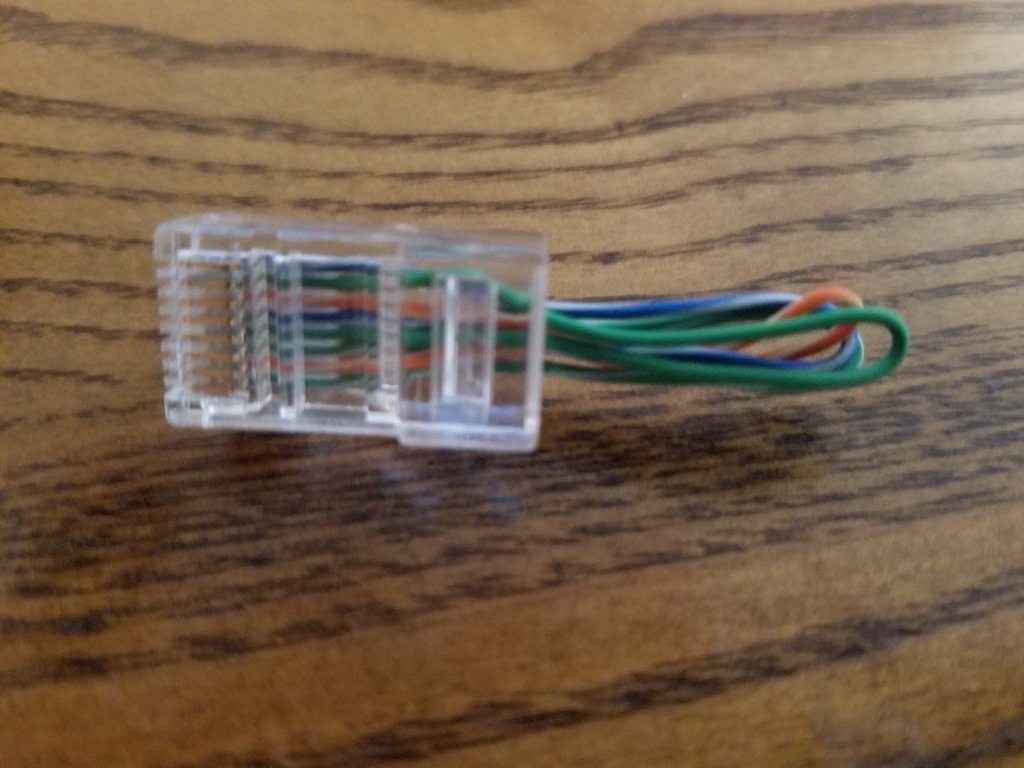

#LOOPBACK CABLE ETHERNET HOW TO#
How to build the loopback cable simplified If you are handy with building ethernet cables, the simple explanation is 1.

This effectively gives the NIC the impression that it is communicating on a network, since its able to transmit and receive communications. At the end, we put a heat shrink tubing around it to prevent any short circuits. What is a loopback cable A loopback cable redirects the output back into itself. In this case we used an old Ethernet Cable, removed the cable isolation coat and connected the wires as described above. In this case, you need to connect two more wire pairs: pin 1 pin 3Īn example of a self-made self-loopback cable: Cut away two inches of the main sheath covering the eight wires. Cut 4 or 5 inches of the end off a network cable, keeping the connector intact. To build this particular loopback connector you will need one (1) spare Category 5e (cat5) cable.
#LOOPBACK CABLE ETHERNET CODE#
Those are used to test interface rx/tx operations on GigabitEthernet (1gbit/sec) interfaces. With the help of our guide you will learn to understand different types of ethernet cables and connectors, ethernet cable color code and meaning and how to wire Ethernet Cables by yourself. The following is a quick how to for making an Ethernet loopback connector. If you want to use your plug on appliances from other manufacturers too, that maybe need a higher throughput during testing, it may be needed to create an eight pin self-loopback plug. This is the simpliest version of a four pin self-loopback plug which is used to test interface rx/tx operations on FastEthernet (100mbit/sec) interfaces. Check out our NEW exclusive 100G QSFP (QSFP28) Loopback Adapter Modules from Amphenol High Speed Interconnects - by Amphenol for a Limited Time Only The new 28. In the case of the FortiGate HQIP test, it’s already enough to connect the following conductor wires: pin 1 pin 3 You just need a RJ45 connector or an Ethernet cable with a RJ45 connector attached. It is very easy to create a self-loopback cable or connector plug by yourself. In comparison to normal “loopback” links, where one NIC is connected with another NIC on the same appliance, the self-loopback does realize the loopback inside the same NIC. Those cables are often descibed as selfloop or interface test cables. Įven though the name “self-loopback” is for some people a bit confusing, this is a very common and standardized wiring method for testing copper based ethernet equipment. Please restore factory reset or use port mode to perform the test WARNING: This test can only pass with factory configurations. This request looks like the following CLI output: Network Interface Loopback Test - Please connect ethernet cables: On some FortiGate models, you are being asked to connect a self-loopback cable on some ports during the HQIP test.


 0 kommentar(er)
0 kommentar(er)
